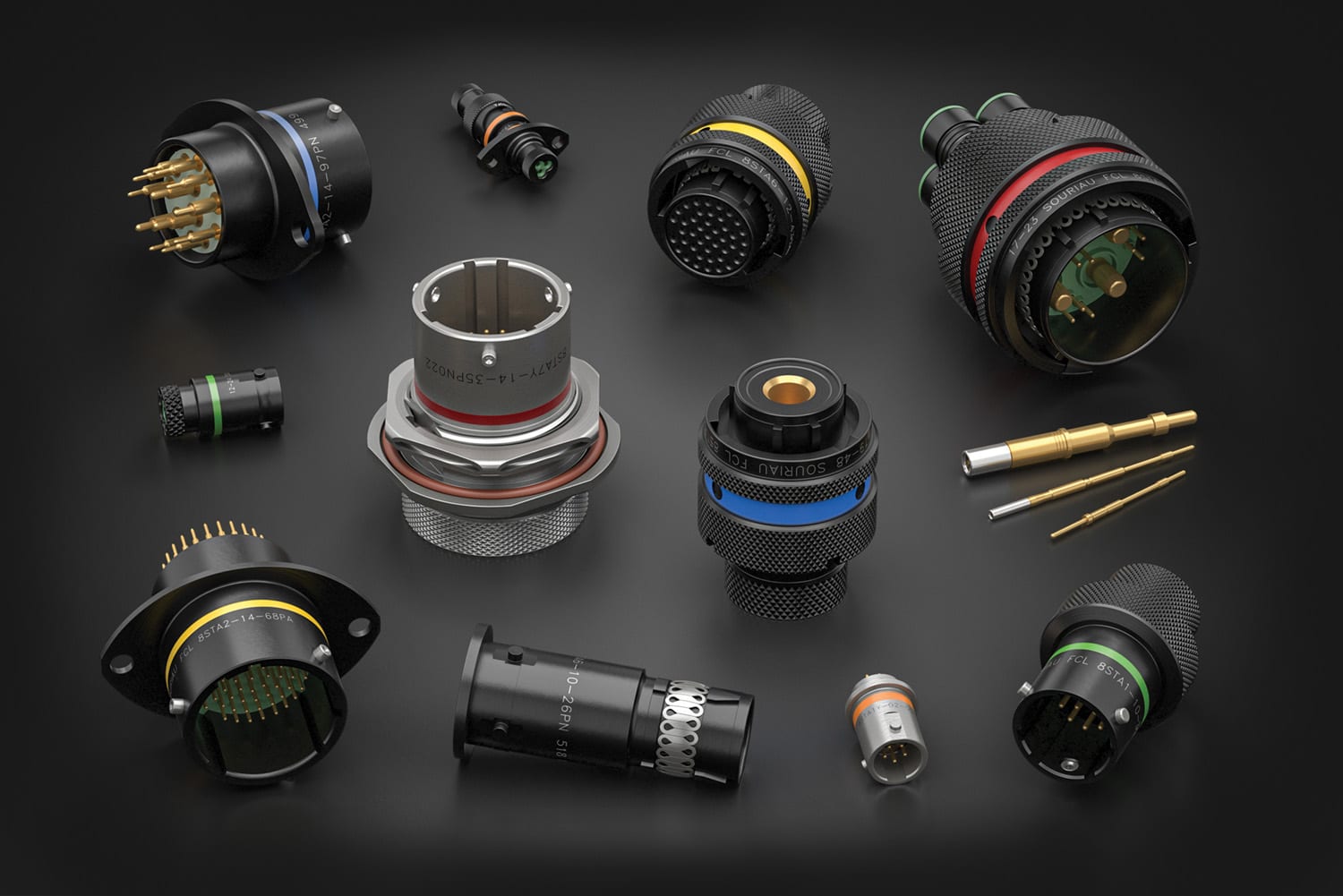 Lane Electronics’ Nick Wheeler explains how industrial connectors and accessories have benefitted from motorsport R&D.
Lane Electronics’ Nick Wheeler explains how industrial connectors and accessories have benefitted from motorsport R&D.
The almost limitless amounts of R&D money that motorsport invests to gain an often tiny advantage is the stuff of legend. Motorsport employs some of the best design teams, with skills extending from mechanical and electronics, to computing and communications. As we’ve seen during the pandemic, they can rapidly switch their focus to non-motorsport projects like life-saving ventilators.
Motorsport is a technological pioneering business. Many of its often seemingly unattainable demands regarding quality, reliability and delivery have meant industry sectors, including connectors, have had to respond quickly to keep pace.
Lane, and sister company Weald Electronics, is known as a distributor and manufacturer of connector systems for the military and aerospace sectors, plus industrial sectors that need total connector integrity no matter what the external environment. Nowhere is the environment more demanding than motorsport.
Few environments test the integrity and reliability of electronic components like motorsport. Temperature extremes, vibration and moisture can all combine to provide a severe test for all types of components, particularly electronic connector systems.
In fact, so severe are the environmental conditions, that purpose designed electronic connectors derived from existing aerospace and military systems have been developed to meet motorsport’s specific needs. These are lightweight, ultra-small connector systems that maintain total contact integrity whatever the extremes of temperature and vibration, while also resisting ingress of water, oil, nasty liquids and gases. They are also designed for simple, quick installation/replacement and reliable operation.
Today, connected factories and other industrial sectors are benefiting from motorsport derived connector systems to ensure power and signal integrity no matter how difficult the environment and how small the space available.
Until recently, experience suggested industrial applications were driven by universal specifications, communication protocol and interchangeability: standardisation over extreme performance. However, as technology develops, connector requirements are evolving with attributes drifting towards those seen in motorsport. Clunky now needs to be small, lightweight, quick-connect and high speed.
In parallel, motorsport already relies on high-speed databus communications and emerging IIoT technologies to further reduce wiring weight, improve performance and optimise predictive performance measures.
I see a continued connector evolution in the niche motorsport industry and high-volume industrial market but there remains a strong argument not to re-invent something that already exists, particularly in these economically challenged times. I believe the motorsport connectors and their close derivatives will continue to prove their worth in more and more industrial applications where those key connector attributes are starting to share more and more relevance.
